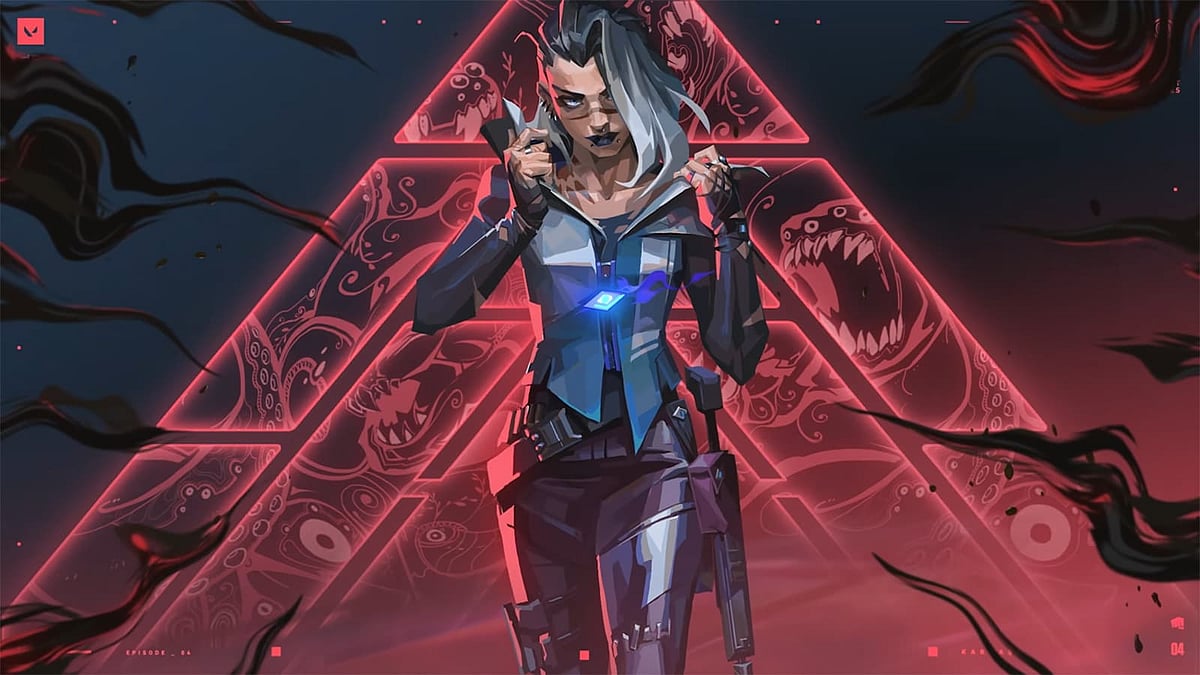
Cover-Credits:
Valorant is a fairly lightweight game and anyone can play the game on low settings even on entry-level hardware. The game runs perfectly fine at 60 fps (frames per second) even on older hardware but if you want consistently high frames, it can be tricky to optimize your settings. Having the wrong settings enabled can affect your framerates and you should review all of your graphics and performance settings if you face FPS drops.
Fixing FPS drops in Valorant
One of the biggest reasons behind low FPS even if you have good hardware is thermal throttling. You can use an app like Hardware Monitor (HWMonitor) to check if your CPU and GPU temperatures are normal. Another reason behind poor performance could be background apps eating up unnecessary resources. AMD’s Instant Replay feature for example is notorious for causing FPS drops in Valorant and using an alternative software like Xbox Game Bar can help.
Here are all of the recommended specifications for various resolutions which can help you check if you have the necessary hardware to run Valorant smoothly.
Valorant System Requirements: 720p/768p
CPU: Intel i3-370M
RAM: 4 GB
OS: Windows 7/8/10 64-bit
VIDEO CARD: Intel HD 3000
PIXEL SHADER: 3.0
VERTEX SHADER: 3.0
Valorant System Requirements: 1080p
CPU: Core i5-4460
RAM: 4 GB
OS: Windows 7/8/10 64-bit
VIDEO CARD: GTX 1050 Ti
PIXEL SHADER: 5.1
VERTEX SHADER: 5.1
DEDICATED VIDEO RAM: 4096 MB
Valorant System Requirements: 4K @ 60 FPS
CPU: Core i5-4460
RAM: 4 GB
OS: Windows 7/8/10 64-bit
VIDEO CARD: GTX 1650 Super
PIXEL SHADER: 5.1
VERTEX SHADER: 5.1
DEDICATED VIDEO RAM: 4096 MB
Valorant System Requirements: 4K @ 144 FPS
CPU: Core i5-4460
RAM: 4 GB
OS: Windows 7/8/10 64-bit
VIDEO CARD: RTX 2070
PIXEL SHADER: 5.1
VERTEX SHADER: 5.1
DEDICATED VIDEO RAM: 4096 MB
If you meet the Valorant recommended settings, you can squeeze out even more performance if you tweak a few settings for your system. These are the recommended settings for all system configurations. Use MSAA at 4x and Anisotropic Filtering at 8x if you have an RTX 2060 or better or stick to MSAA at 2x and Anisotropic Filtering at 4x if you have a weaker graphics card.
Display Mode: Fullscreen
Resolution: Select your Native resolution.
Frame Rate Limit: Unlimited
Material Quality: High/Medium
Texture Quality: High/Medium
Detail Quality: High
UI Quality: Low
Vignette: Off
VSync: Off
Anti-Aliasing: MSAA 4x/2x
Anisotropic Filtering: 8x/4x
Improve Clarity: Off
Bloom: Off
Distortion: Off
First Person Shadows: Off
The above settings should offer you solid framerates and reduce any FPS drops in Valorant.
